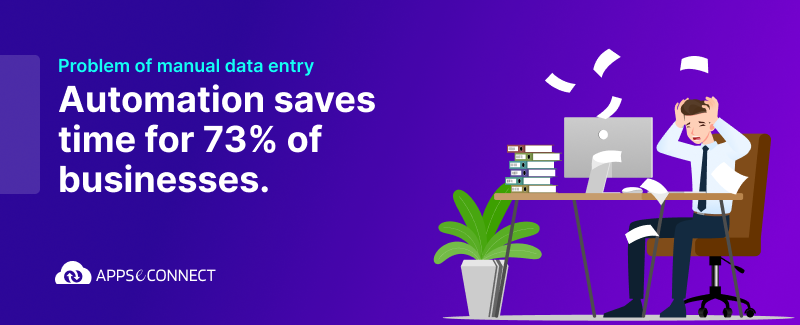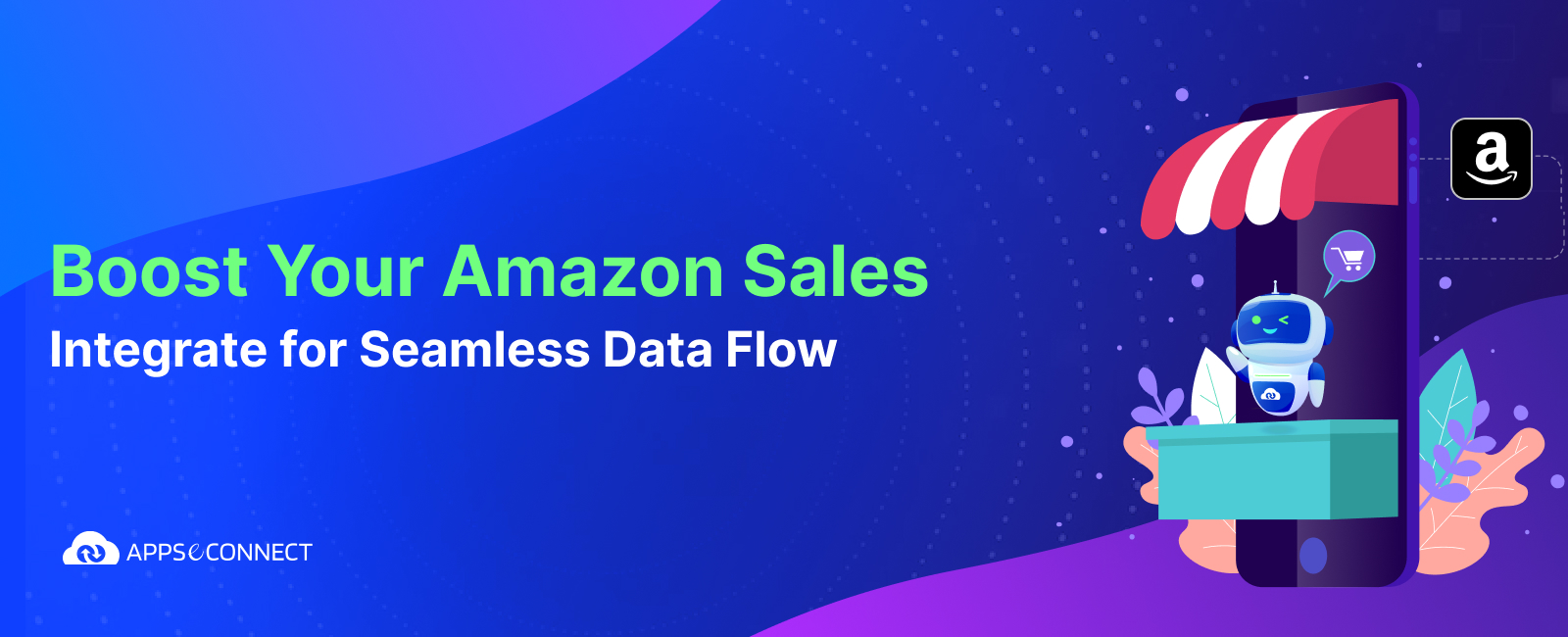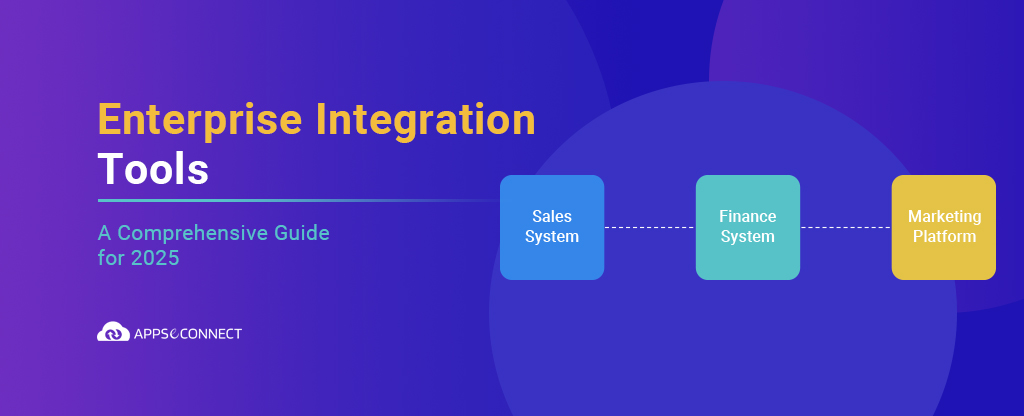For Software as a Service or SaaS companies providing an efficient process flow to their customers is a demanding task. Companies that still depend on legacy solutions for communication face an uphill challenge of bringing in new customers and maintaining existing customers in this ever-changing digitally dependent industry.
Seamless end-to-end bidirectional data transfer with efficient and effective integration with the customer’s company software infrastructure is mandatory for the success of a SaaS business. With businesses of the current era implementing several digital solutions for managing their workflows, SaaS companies need to provide the functionality to support multiple protocols and connectors.
Thus, SaaS companies require an ingrained solution that can provide the flexibility and scalability necessary to enable the secure transfer of data right out of the box, no matter the data volume or protocols required. This is where an embedded integration solution comes as a lifesaver for SaaS companies.
What is Embedded Integration?
Embedded integrations mean enabling a SaaS platform to securely integrate with other business software solutions through pre-built third-party app connectors and varying levels of abstraction. With the variety of business software used today, every B2B SaaS company gets consistent requests for pre-built integration capabilities from their prospects or existing customers. The hurdle towards accomplishing this lies in allocating valuable development resources in identifying and prioritizing the integrations to develop.
Through embedded integration, SaaS companies can provide their customers with pre-built integrations without the need for expending resources in developing in-house custom integrations. The core objective of embedded integrations is to allow SaaS companies to provide streamlined communications between the fragmented SaaS infrastructure that modern businesses suffer from due to the implementation of a variety of digital business tools that operate in isolation from each other.
Without an embedded integration solution, SaaS companies must manage several challenges when providing a secure and seamless integration to their customers.

Lack of Embedded Integration is a crutch for both SaaS companies and their customers
Lack of proper integration capabilities can lead to long-term negative impacts for a SaaS company. The very nature of a SaaS company demands cloud and on-premises integration capabilities for the customers.
Without an embedded integration solution, SaaS companies face the following challenges when providing a seamless experience for their customers:
Complex integration processes
SaaS companies need to have their solution be able to integrate with the on-premises digital infrastructure and cloud data sources, systems, and applications of their customers and partners. Integrating with these siloed one-off tools is a complicated process and requires time and resources that the SaaS company could have used for providing value and results to the customers. Developing integrations for individual tools one at a time limits the capability of a SaaS company to offer a complete solution when the number of integrations required by the customer increases thus missing potential high-value customers.
Multiple API management for different customers
For SaaS companies, the IT (Information Technology) infrastructure of the customers can vary drastically. No two companies implement that same assortment of solutions to manage their business workflows. So, the SaaS company needs to have the technical expertise and a large enough team of developers with the required skill set to develop, manage, and maintain each API used in the industry if they wish to cater to every customer. With the vast number of APIs currently on the market, it is technically and financially impossible for any company to support such an extensive API library. However, a robust iPaaS platform can offer a vast pre-build connector library that comes with API support for all the varying applications for integration.
Inefficient customer onboarding
Every company seeks faster results and thus requires solutions that they can rapidly implement to their business workflow. With the amount of time needed to develop individual integration, a SaaS company that does not offer built-in integrations makes its customers undergo a slow, complex onboarding process, which can be detrimental towards sustaining that customer. Every business has specific time-to-value criteria, and SaaS companies that fail to meet that will lose out on potential customers and eventually existing customers.
Costly custom integration development
For developing custom integrations, most SaaS companies must depend on their internal development teams to build them. The development process requires allocating developers with specific and expensive skill sets to maintain those custom integrations. Thus, the development process is not only costly financially but also diverts valuable company assets like highly skilled human resources as well. Through embedded integration, a SaaS company can better distribute its time and resources in improving its core product instead of wasting them on developing complex and costly custom integrations.
Scalability is unsustainable
The amount of time and resources needed for developing custom integrations renders the growth and scalability of SaaS businesses impossible without embedded integrations. It is a significant challenge for SaaS companies to focus on business growth while constantly spending valuable resources on implementation and in-house development of integrations. The one at a time development approach for integration limits the ability to scale and handle peak demands and escalates the cost of resources exponentially as the number and variation of integrations required by the customer increases.

How Embedded Integration can help SaaS companies scale and improve Customer Experience
As we can see, not having an integration platform embedded with the solution of a SaaS company is a loss to both the company and the customer. By investing in a robust built-in integration platform for the product, a SaaS company can overcome the above challenges and provide a better experience for its customers in the following ways.
Accelerate time-to-market
Embedded integration platforms provide the end-users of SaaS solutions to effortlessly find the apps they wish to connect through pre-built connectors and synchronize them across their entire digital infrastructure. By removing the load of coding and maintaining the integration through pre-built connectors, SaaS companies can exponentially reduce the time-to-market for their customers. Moreover, it also allows SaaS companies to launch multiple integrations faster without the need for additional technical overhead.
Enables codeless integration
Developing integrations from the ground up requires in-depth knowledge of coding. Coding is an expensive skill set which not everyone can possess. An embedded integration platform eliminates this skill gap by shifting the integration process to a codeless platform. The codeless platform utilizes point & click and drag & drop Graphical User Interface (GUI) functionalities to allow end-users to visually map out integration and deploy connectors. The feature enables end-users of any skill level to solve integration complexities across on-premises and cloud applications effortlessly in fast iterations.
One platform to integrate them all
Embedded integration platforms come packed out-of-the-box with hundreds of pre-built connectors. Most industry-standard applications can be integrated with the SaaS solution through these pre-built connectors. If the circumstance arises where the SaaS company or the customer requires custom integration, the custom integration can be developed effortlessly within the integration platform.
Reduces development overheads
In-house development of integrations is an expensive process. An embedded integration platform reduces overhead costs by removing the expenses involved in building integrations from scratch. Moreover, it reduces the expense of maintaining, updating, and upgrading the integration and being a subscription-based solution, providing a uniform and predictable annual cost when compared to the unknown internal development costs that may fluctuate based on requirements. The costs saved are not only monetary but also in terms of human resources as well, which can be better allocated to develop the core products of the business.
Provides effortless scaling
Another benefit that SaaS companies get by adopting an embedded integration platform is scalability. While a limited number of integrations can be developed in-house effortlessly, as the number of connectors needed for third-party apps or platforms increases, developing and maintaining them becomes exponentially more challenging as well. The approach is not scalable as SaaS needs to connect its API to a new API every single time. With an embedded integration platform, connectors for the SaaS API need to be developed only once. By acting as an integration hub, any number of new APIs can be linked to the integration platform, making the approach scalable.
Reduces customer churn
Most end-users of a solution will eventually reach a point where they require advanced features to optimize its utility. These users are the most intensive users of the tool and possess the technical knowledge to extract maximum efficiency from it. So, the SaaS company needs to fine-tune the application to provide more power to the customers, such as the capability for the end-user to deploy custom logic to their workflows, or else they will churn. Embedded integration platforms provide the flexible customization capabilities these end-users require. With the codeless visual integration builder, end-users can build daily tasks directly into the platform without the need for any third-party solutions. The flexible customization capabilities provided to end-users help retain users and allow them to make the most out of the SaaS application.
Like any business, the objective of a SaaS company is to bring in more customers. However, the difficulty arises from the fact that the end-user does not exclusively use the SaaS application to complete a task. They instead depend on an ecosystem of software applications. Thus, the SaaS application needs to seamlessly transfer data across different tools and platforms to provide a more cohesive user-friendly experience. An embedded iPaaS accomplishes just that by granting the SaaS company and the end-users the ability to integrate with any application or tool of choice.
Unlock the power Embedded Integration can provide to your business through APPSeCONNECT!
The desire to connect applications, automate processes, and synchronize data, is never-ending, but developing integrations from the ground up is an expensive and unsustainable endeavor. It is difficult to build connectors in-house, let APPSeCONNECT do it for you! APPSeCONNECT, from the time of its inception, is designed to bring the power of automation into business processes and unleash productivity and perpetual growth across every team in an organization. APPSeCONNECT’s powerful automation visualization tool, ProcessFlow, provides the power to graphically design, view, and change the data flow for a process, allowing end-users of any skill level to develop the necessary connectors. The faster time-to-market provided by a vast suite of time-tested pre-packed integration templates and the power to deploy personalized rules and actions ensures users can get started fast and keep making the most out of the platform. Unlock the power of seamless end-to-end business integration today with APPSeCONNECT!





















